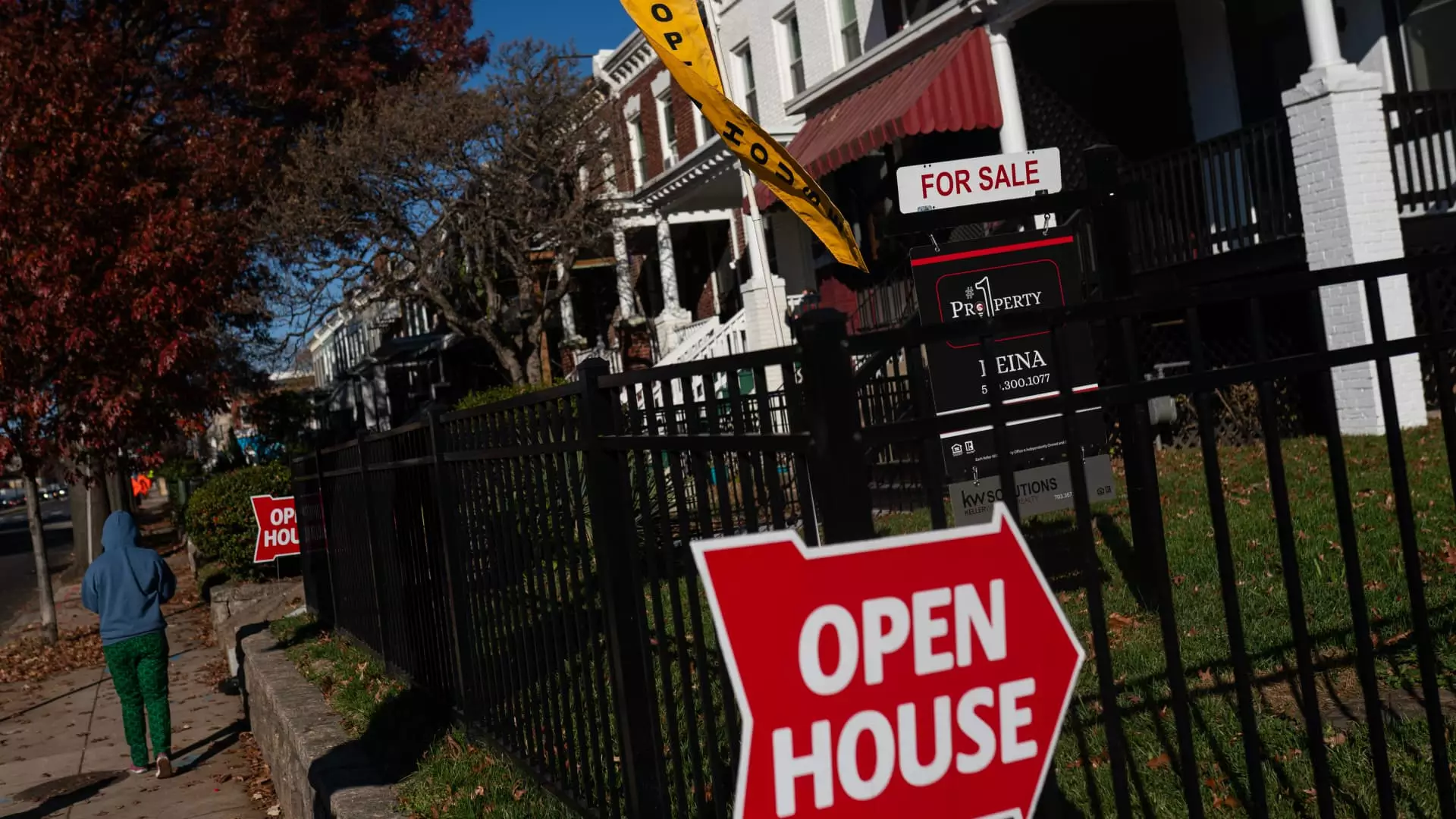Recent developments in the housing market have led to a sharp decline in mortgage demand, marked by a substantial 6.2% drop in applications last week alone. As a center-wing liberal, I can’t help but view this trend with substantial trepidation. Mortgage rates are on the rise, hitting levels that not only exceed last week’s but also stand 25 basis points higher than the same period last year. This uptick is not just a minor blip; it signals deeper economic uncertainties that could have long-lasting repercussions. The Federal Reserve’s policies, the unpredictable global economy, and the fallout from persistent inflation are all contributing to a cloud of uncertainty hovering over potential homebuyers. In a time when housing should symbolize stability, there is an unsettling fragility that signals trouble ahead.
The Illusion of Refinancing Boom
While it may appear that homeowners are rushing to refinance—13% fewer applications last week with a staggering 70% increase compared to last year—the reality is nuanced. The historical context is crucial; just three years ago, mortgage rates were at unprecedented lows. The current numbers, while optimistic on the surface for those jumping into refinancing, are cast in shadow by that record low. This boom, in a sense, is artificially inflated due to a historically small base of candidates ready to benefit from refinancing. Most homeowners may feel trapped in their existing rates, immobilized by the overwhelming burden of higher current rates. The promise of an unattainable refinancing dream is tantalizing but ultimately illusory for many.
Flatlining Purchases: A Reflection of Consumer Sentiment
The sheer stagnation in purchase mortgage applications, which inched up by a mere 0.1%, raises substantial questions about consumer confidence. Although these figures indicate a slight recovery, they are indicative of a broader uneasiness. Are today’s prospective homebuyers willing to commit to hefty financial obligations amidst an unstable economy? The slight increase led by FHA applications makes one wonder if people are simply seeking any pathway into homeownership, albeit at potentially unsustainable prices. Coupled with the increasing inventory on the market, that faint glimmer of hope seems precarious at best. Is it really a buyers’ market, or are we witnessing mere wishful thinking?
The Market’s Duality: A Tug of War
While it’s easy to get lost in rampant speculation, the reality is that the housing landscape is in a perpetual state of flux. The inconsistent mortgage rates that are fluctuating within a tight 10 basis point range illustrate a market that is anything but settled. On one hand, potential buyers are left hanging, while sellers see the tide of their homes’ value being pulled backward. The discussions around the Federal Reserve’s latest moves will undoubtedly influence these rates, but will they offer long-term solutions, or merely delay the inevitable?
This tug of war constitutes a broader narrative about economic self-responsibility. The shifting landscape of mortgage demands is not solely a reflection of market dynamics; it showcases a microcosm of our larger relationship with financial empowerment, consumer confidence, and the stark reality of affordability. As liberal sensibilities advocate for accessible and responsible financial practices, the current housing market should spur a national conversation about affordability, equality, and long-term viability within homeownership.

